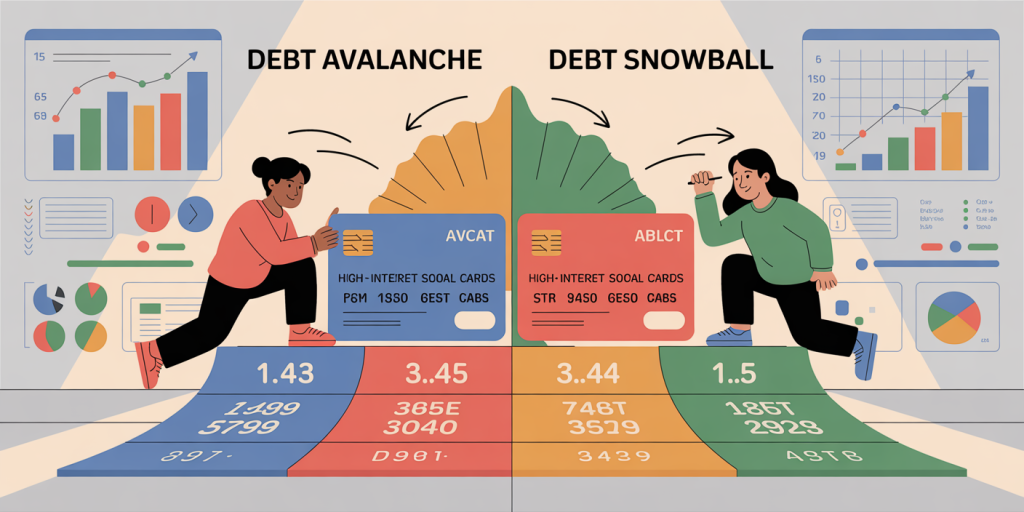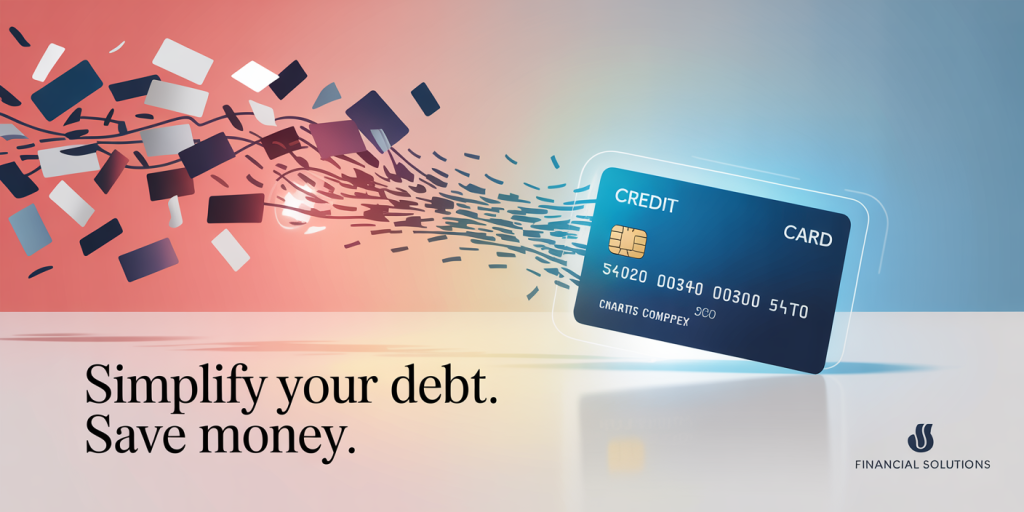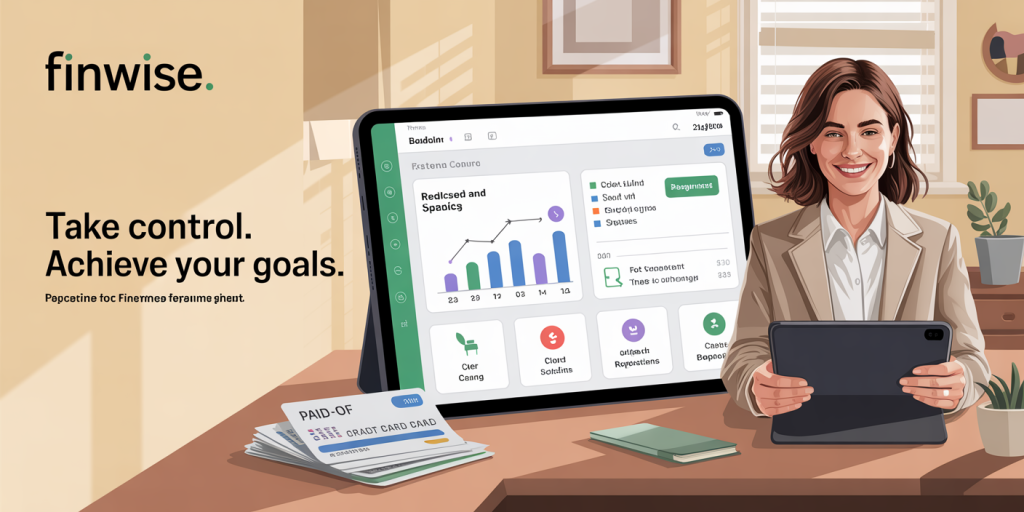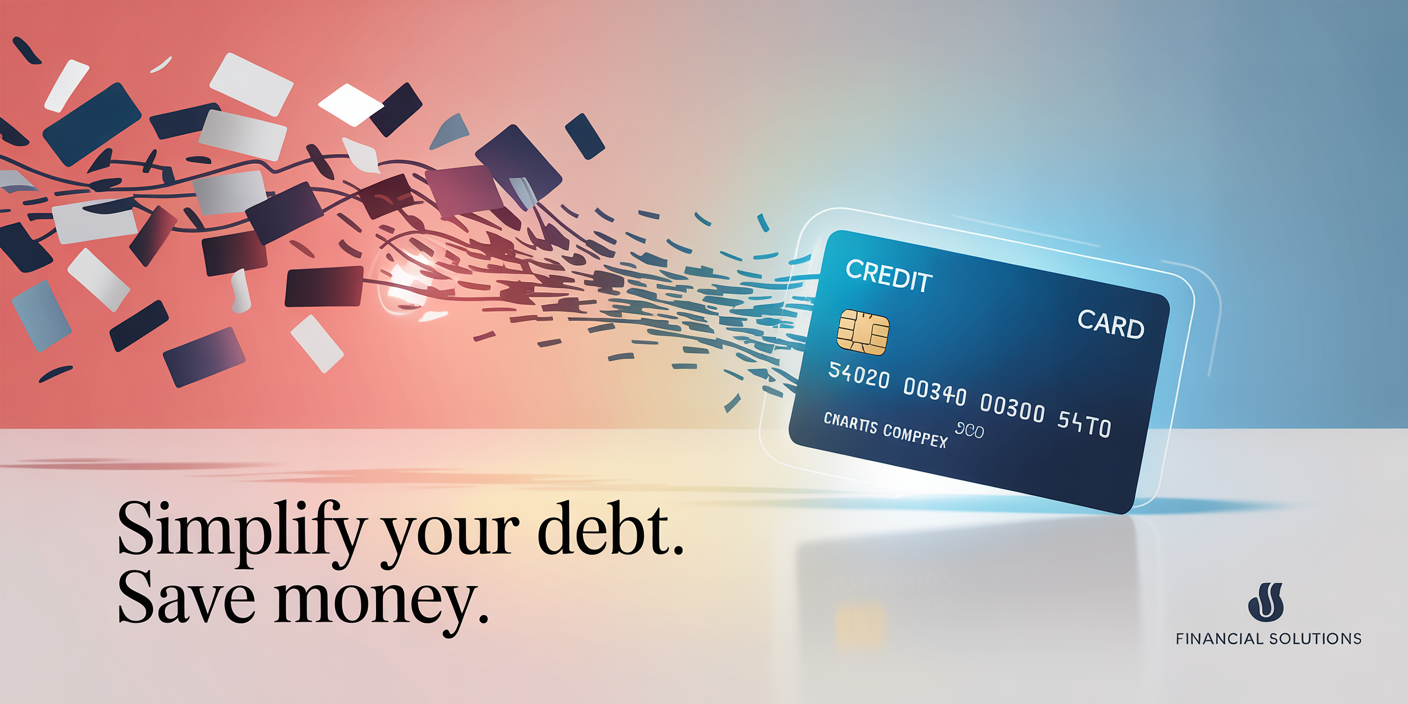In today’s consumer-driven society, credit card debt has become a common financial challenge faced by millions. According to the Federal Reserve, the total outstanding credit card debt in the U.S. reached approximately $930 billion in early 2024. This staggering figure highlights the importance of understanding effective strategies to reduce and eliminate credit card debt swiftly. High-interest rates, often averaging between 16% to 24%, exacerbate the financial burden, making it imperative for debtors to adopt practical, well-informed methods to regain control of their finances.
Whether accumulated due to emergency expenses, lifestyle inflation, or mismanagement, credit card debt can significantly hinder financial freedom and damage credit ratings. Learning how to pay off this debt quickly not only saves money on interest but also restores peace of mind. This article explores diverse strategies backed by data, real-life examples, and comparative insights to help individuals tackle credit card debt efficiently.
Understanding the Impact of Credit Card Debt
Credit card debt affects more than just your monthly cash flow; it has long-term ramifications on your financial health. The average U.S. household carrying credit card debt owes approximately $7,000. With interest rates averaging around 20%, this translates into hundreds of dollars lost monthly to interest payments if the debt is only minimally repaid.
For example, consider Sarah, who has $10,000 in credit card debt with an 18% annual percentage rate (APR). If she makes only minimum payments, she could take over 14 years to clear her debt and end up paying more than $9,000 in interest alone. This situation underscores the critical need for effective repayment strategies that accelerate debt elimination and reduce interest charges.
Moreover, high credit card debt negatively impacts credit scores, which in turn affects loan approvals, mortgage eligibility, and even employment opportunities. According to FICO, credit utilization (the ratio of credit used to available credit) accounts for 30% of your credit score. Carrying high balances relative to your credit limits can lower this score significantly.
Prioritizing Debt Repayment Methods: Avalanche vs. Snowball
One of the most cited strategies for paying off multiple credit cards is using either the debt avalanche or the debt snowball method. Both approaches have their merits, but understanding their differences can help individuals choose the best path for their circumstances.
The debt avalanche method involves paying off cards with the highest interest rates first while making minimum payments on other cards. This method saves money on interest and clears debt faster. For instance, John, with three credit cards carrying 22%, 19%, and 15% APR respectively, would focus on paying down the 22% card first to minimize accruing interest.
On the other hand, the debt snowball method prioritizes paying off the card with the smallest balance first, regardless of interest rate. This approach creates psychological wins and motivation through quick elimination of debts, encouraging continued repayment. For example, Maria might have cards with balances of $500, $2,000, and $5,000. Paying off the $500 card first can boost morale and build momentum.

| Feature | Debt Avalanche | Debt Snowball |
|---|---|---|
| Focus | Highest interest rates | Smallest balances |
| Interest Saved | More | Less |
| Psychological Benefits | Less immediate rewards | More immediate wins |
| Best For | Those disciplined with finances | Those needing motivation boosts |
Data from a 2020 survey by the National Endowment for Financial Education showed that 65% of people who used the debt snowball method remained motivated and successfully paid off their debts, despite paying slightly more in interest compared to the avalanche method.
Consolidation and Balance Transfer Options
For many struggling with multiple credit card payments, debt consolidation and balance transfer methods can streamline the repayment process and reduce interest costs.

Debt consolidation loans combine several debts into a single loan with a fixed interest rate, often lower than credit card rates. This reduces monthly payments and simplifies budgeting. For example, Lisa had four credit cards totaling $15,000 with an average APR of 21%. She secured a personal loan at 12% APR, lowered her monthly payments by 30%, and saved over $2,500 in interest within a year.
Balance transfer credit cards allow customers to move existing credit card debt to a card offering 0% or low introductory rates for a defined period, typically 12 to 18 months. This defers interest and accelerates principal repayment. However, many balance transfer cards include fees around 3-5% of the balance transferred. Joe transferred $8,000 with a 3% fee on a card offering 0% APR for 15 months. His strategy allowed him to pay off the balance faster and save about $1,200 in interest.
| Option | Interest Rates | Fees | Repayment Period | Best For |
|---|---|---|---|---|
| Debt Consolidation Loan | Typically 8%-15% | Usually none or low | Fixed term (1-5 years) | Those with steady income |
| Balance Transfer Card | 0%-5% introductory, then 15%-25% | 3%-5% balance transfer fee | 12-18 months (intro period) | Those able to pay off balance quickly |
It’s crucial to evaluate these options carefully. Missing payments or failing to pay off the balance before the introductory period ends can lead to higher interest rates and additional financial strain.
Budget Overhaul and Expense Management
An often-overlooked but essential aspect of reducing credit card debt quickly is rigorous budgeting and expense control. Studies from the Consumer Financial Protection Bureau reveal that nearly 60% of credit card users accumulate debt due to overspending relative to their income. Identifying areas where expenses can be trimmed or eliminated is a crucial step toward freeing up money to target debt.
Start by tracking all income and expenses using apps like Mint or YNAB (You Need A Budget). Categorize spending into essentials (rent, bills) and non-essentials (dining out, subscriptions). For example, Paul discovered he was spending $250 monthly on coffee shops and takeout. By reducing this to $50, he redirected $200 per month to debt repayment, shaving months off his credit card debt payoff timeline.

Further, negotiating fixed bills (such as insurance, phone plans) or switching to more affordable plans can yield additional savings. Some people find it helpful to cook meals at home, cancel unused subscriptions, or shop with a strict list. Collective changes like these can free hundreds of dollars monthly, which, when applied to debt, produce compounding benefits.
Leveraging Extra Income and Windfalls
Increasing income streams or allocating windfall gains towards credit card debt can hasten the payoff process substantially. Many individuals underestimate how even small extra amounts can impact their debt timelines and interest savings.
Freelancing, part-time work, or selling unused items can generate additional cash flows. Consider Anna, who took on a weekend job earning an extra $400 monthly. This money went directly toward her credit card balances, enabling her to pay off $4,800 in a year, reducing interest costs by more than $600.
Tax refunds, bonuses, or monetary gifts should also be thought of as strategic opportunities rather than discretionary spending. Instead of splurging, those amounts applied toward principal debt offer immediate progress. A survey by Bankrate (2023) found that 52% of Americans who applied tax refunds to debt experienced a significant reduction in both payoff time and total interest.
Future Perspectives: The Path Toward Financial Stability
As credit card debt becomes increasingly prevalent, financial literacy and technology will play pivotal roles in helping people tackle their debt more effectively. Emerging fintech solutions, such as automated budgeting tools, AI-driven financial coaching, and personalized debt payoff plans, are expected to grow in sophistication and accessibility.
Additionally, increasing awareness about the dangers of high-interest credit card debt may prompt policy-level interventions. For instance, some states have explored capping credit card interest rates or improving mandatory disclosures. If implemented, these could mitigate the spiraling costs borne by consumers.
In the evolving economic landscape, the best defense remains proactive financial planning. Individuals who adopt disciplined repayment strategies, minimize unnecessary expenses, and leverage available financial products wisely are best positioned to achieve debt freedom. The ripple effects of this freedom—improved credit scores, stress reduction, and enhanced saving potential—underscore the intrinsic value of managing credit card debt promptly and effectively.
By staying informed and committed, consumers can turn the tide on credit card debt, transforming what once seemed like a financial burden into a stepping stone towards long-term prosperity.

Deixe um comentário